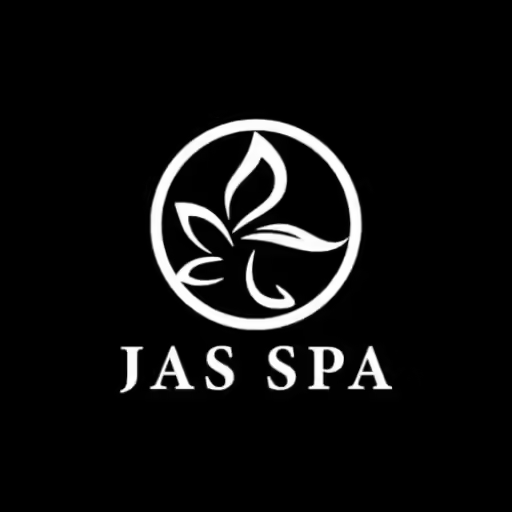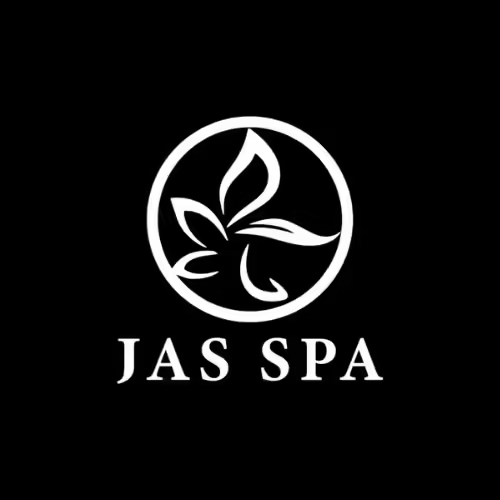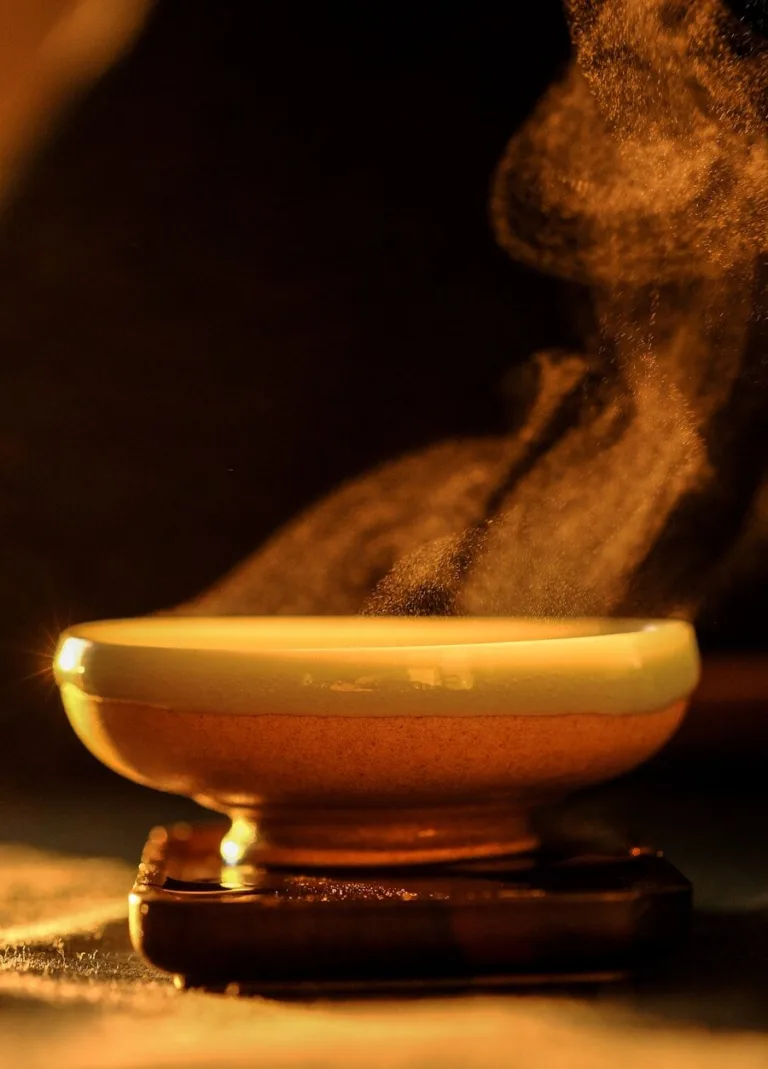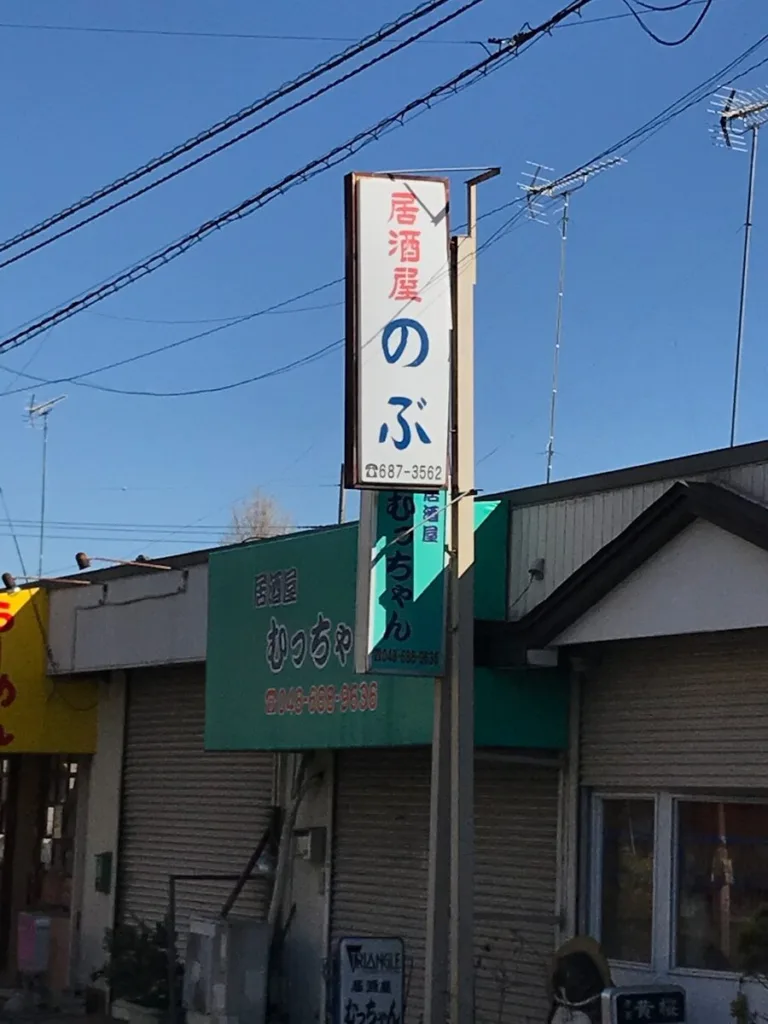Spa massage has become an integral part of wellness culture, offering a sanctuary for individuals seeking relief from the stresses of modern life. Originating from ancient practices, the art of massage has evolved into a sophisticated blend of techniques designed to promote relaxation, rejuvenation, and overall well-being. The concept of spa massage encompasses a variety of methods, each tailored to address specific physical and emotional needs.
As people increasingly prioritize self-care, understanding the nuances of spa massage can enhance the experience and maximize its benefits. The allure of spa massage lies not only in its therapeutic effects but also in the ambiance that surrounds it. Spas are often designed to create a tranquil environment, featuring soothing music, calming scents, and serene decor that transport clients away from their daily routines.
This holistic approach to wellness emphasizes the importance of both physical touch and mental relaxation, making spa massage a unique experience that caters to the mind, body, and spirit. As we delve deeper into the benefits and types of spa massage, it becomes clear that this practice is more than just a luxury; it is a vital component of a balanced lifestyle.
Key Takeaways
- Spa massage is a popular form of relaxation and rejuvenation that offers a range of benefits for the mind and body.
- The relaxation benefits of spa massage include stress reduction, improved sleep, and a sense of overall well-being.
- Spa massage can help rejuvenate the body by relieving muscle tension, improving circulation, and promoting detoxification.
- Rebalancing benefits of spa massage include restoring energy flow, improving posture, and enhancing overall body alignment.
- Different types of spa massage, such as Swedish, deep tissue, and hot stone, offer unique techniques and benefits to cater to individual needs.
The Relaxation Benefits of Spa Massage
One of the most immediate benefits of spa massage is its ability to induce relaxation. The gentle manipulation of muscles and soft tissues helps to alleviate tension that accumulates in the body due to stress, poor posture, or physical exertion. Techniques such as Swedish massage utilize long, flowing strokes that promote blood circulation and release endorphins, the body’s natural painkillers.
This not only helps to ease physical discomfort but also fosters a sense of calm and tranquility that can linger long after the session has ended. Moreover, the psychological benefits of relaxation during a spa massage cannot be overstated. The act of taking time out for oneself in a peaceful environment allows individuals to disconnect from their daily responsibilities and mental clutter.
Research has shown that regular massage therapy can significantly reduce levels of cortisol, the stress hormone, while simultaneously increasing serotonin and dopamine levels, which are associated with feelings of happiness and well-being. This biochemical response contributes to an overall sense of relaxation that can enhance mood and improve mental clarity.
The Rejuvenation Benefits of Spa Massage
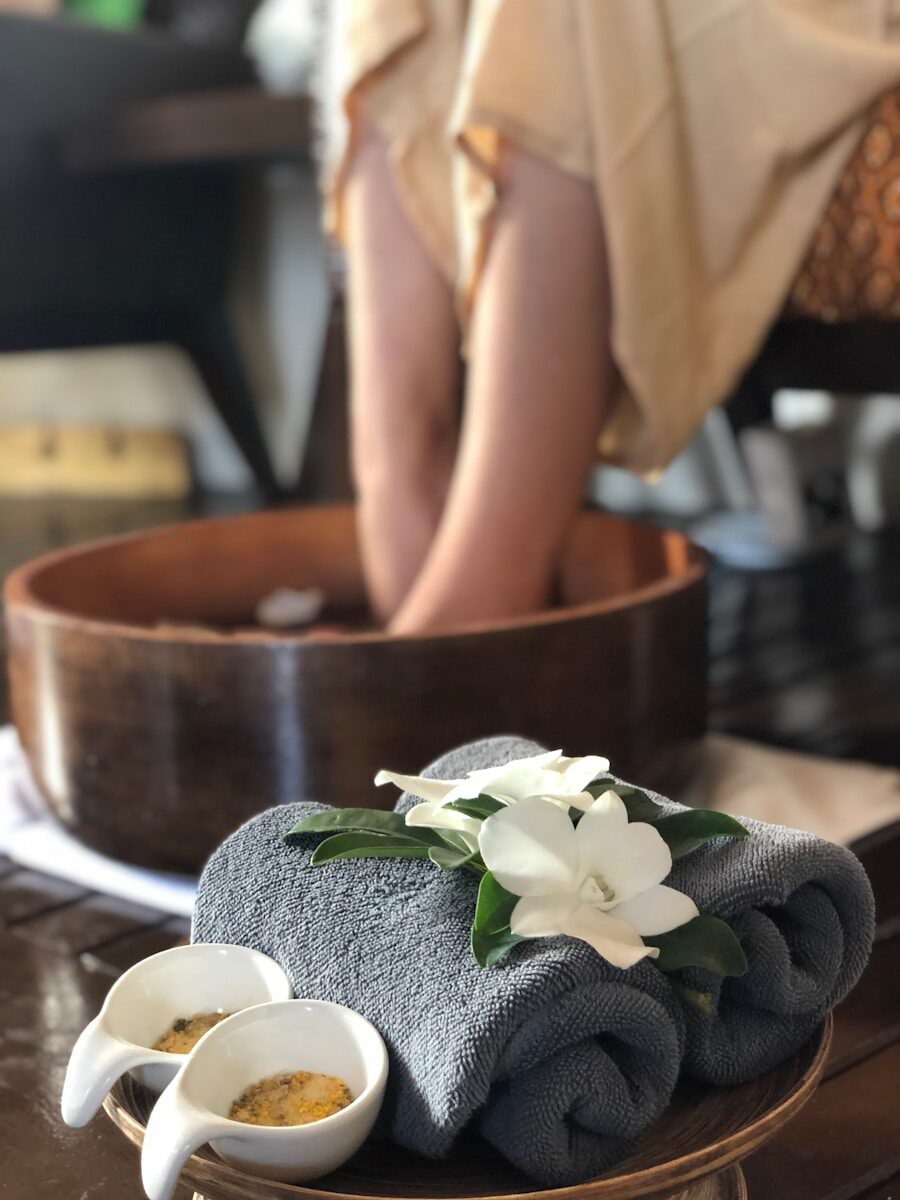
Beyond relaxation, spa massage serves as a powerful tool for rejuvenation. The physical manipulation involved in various massage techniques stimulates the lymphatic system, which plays a crucial role in detoxification. By promoting lymphatic drainage, spa massage helps to eliminate toxins from the body, leading to improved energy levels and vitality.
This detoxifying effect is particularly beneficial for individuals who may feel sluggish or fatigued due to lifestyle choices or environmental factors. In addition to detoxification, spa massage can also enhance skin health. Many spas incorporate essential oils and natural products into their treatments, which can nourish the skin and promote a radiant complexion.
For instance, aromatherapy massages utilize essential oils derived from plants that not only smell delightful but also possess therapeutic properties. Oils such as lavender are known for their calming effects, while citrus oils can invigorate and uplift the spirit. The combination of skilled touch and high-quality products creates a rejuvenating experience that revitalizes both body and mind.
The Rebalancing Benefits of Spa Massage
| Benefits of Spa Massage | Metrics |
|---|---|
| Stress Reduction | Decrease in cortisol levels |
| Pain Relief | Reduction in muscle tension |
| Improved Circulation | Increase in blood flow |
| Enhanced Flexibility | Improved range of motion |
| Relaxation | Lowered heart rate and blood pressure |
The concept of rebalancing is central to the philosophy behind spa massage. Many individuals carry physical and emotional imbalances due to stressors in their lives, whether they stem from work pressures, personal relationships, or health issues. Spa massage aims to restore equilibrium by addressing these imbalances through targeted techniques.
For example, deep tissue massage focuses on realigning deeper layers of muscles and connective tissue, which can alleviate chronic pain and tension. Furthermore, rebalancing extends beyond the physical realm; it encompasses emotional and spiritual aspects as well. Techniques such as hot stone massage or Thai massage incorporate elements that promote energy flow throughout the body.
These methods are rooted in ancient traditions that recognize the interconnectedness of body and spirit. By facilitating this flow of energy, spa massage can help individuals reconnect with themselves on a deeper level, fostering a sense of harmony that transcends the immediate physical benefits.
Different Types of Spa Massage
The world of spa massage is rich with variety, offering numerous techniques tailored to meet diverse needs and preferences. Swedish massage is perhaps the most well-known type, characterized by its gentle strokes and emphasis on relaxation. It is ideal for those new to massage or seeking a soothing experience.
On the other hand, deep tissue massage targets specific muscle groups with more intense pressure, making it suitable for individuals with chronic pain or tension. Another popular option is aromatherapy massage, which combines the benefits of essential oils with traditional massage techniques. The choice of oil can be customized based on individual preferences or therapeutic goals, enhancing both the physical and emotional aspects of the experience.
For those seeking a more holistic approach, reflexology focuses on specific pressure points in the feet or hands that correspond to different organs and systems in the body. This technique aims to promote overall health by stimulating these reflex points. Additionally, specialized massages such as prenatal massage cater specifically to expectant mothers, providing relief from common discomforts associated with pregnancy.
Sports massage is designed for athletes or active individuals, focusing on enhancing performance and aiding recovery from injuries. Each type of spa massage offers unique benefits, allowing clients to select an experience that aligns with their specific needs.
How to Choose the Right Spa Massage for You

Defining Your Objectives
Understanding your objectives will help narrow down the types of massages that align with your needs. Consulting with spa professionals can also provide valuable insights into which treatments may be most beneficial for you.
Personalized Approach
Many spas offer consultations where therapists assess your physical condition and discuss any concerns you may have. This personalized approach ensures that you receive a treatment tailored to your unique circumstances.
Research and Recommendations
Additionally, reading reviews or seeking recommendations from friends can guide you toward reputable spas known for their expertise in specific techniques.
Tips for Getting the Most Out of Your Spa Massage Experience
To fully embrace the benefits of spa massage, preparation plays a crucial role in enhancing your experience. Arriving early allows you to acclimate to the spa environment and take advantage of any amenities offered, such as saunas or relaxation lounges. This time can help you transition from your busy day into a state of calm before your treatment begins.
Communication with your therapist is equally important; don’t hesitate to express any preferences regarding pressure levels or areas of focus during your session. A skilled therapist will appreciate your feedback and adjust their techniques accordingly to ensure your comfort and satisfaction. Additionally, consider incorporating post-massage practices into your routine—such as drinking plenty of water to stay hydrated or engaging in gentle stretching—to prolong the benefits you’ve gained during your treatment.
Embracing the Benefits of Spa Massage
Incorporating spa massage into one’s wellness routine offers a multitude of benefits that extend far beyond mere indulgence. From relaxation and rejuvenation to rebalancing both body and mind, this ancient practice continues to resonate with individuals seeking holistic health solutions in today’s fast-paced world. By understanding the various types of massages available and how to choose one that aligns with personal needs, individuals can embark on a journey toward enhanced well-being.
Ultimately, embracing spa massage as a regular part of self-care not only nurtures physical health but also fosters emotional resilience and mental clarity. As we navigate life’s challenges, taking time for ourselves through the healing power of touch can serve as a vital reminder of our inherent worthiness for care and compassion—both from ourselves and others.
If you’re looking to experience the benefits of spa massage, you may want to consider trying hot stone massage. According to this article, hot stone massage is a secret to stress relief and can help relax your muscles and improve circulation. Pairing this with regular ear cleaning, as discussed in another article, can enhance your overall well-being. Additionally, cupping therapy, as outlined in this article, offers surprising benefits that you may find beneficial for your health.
